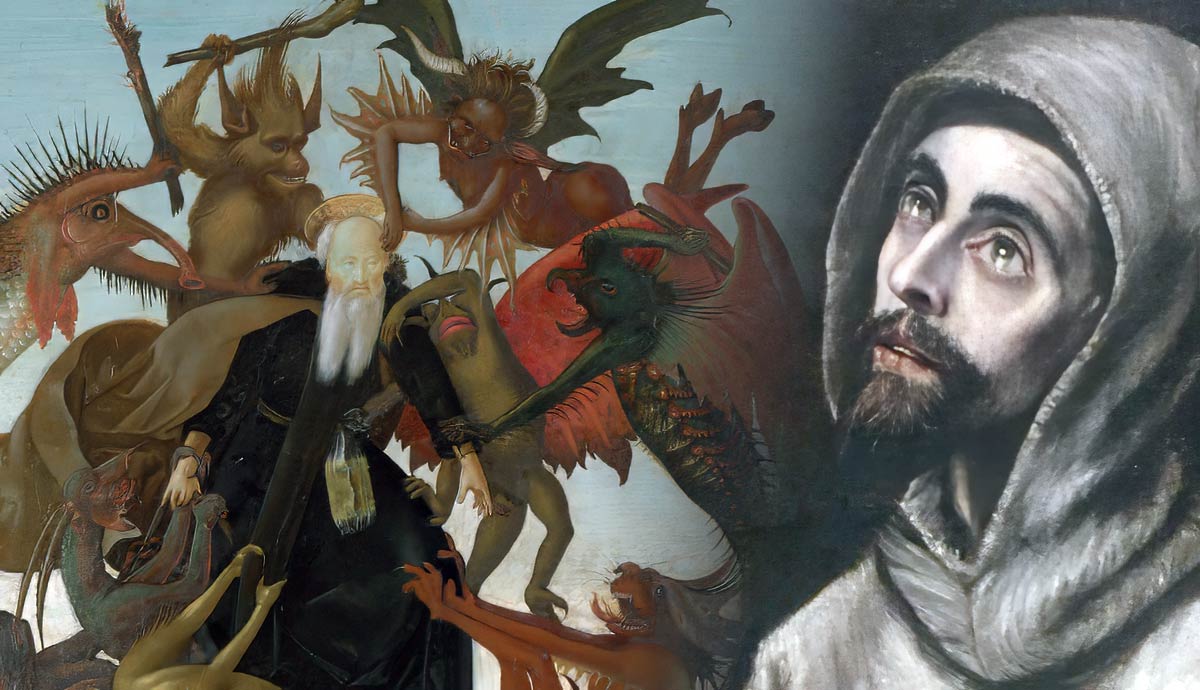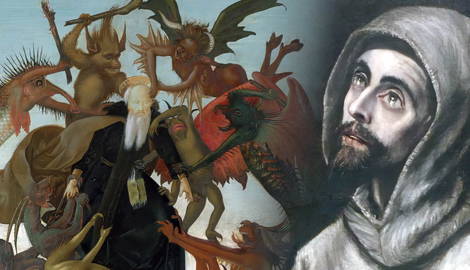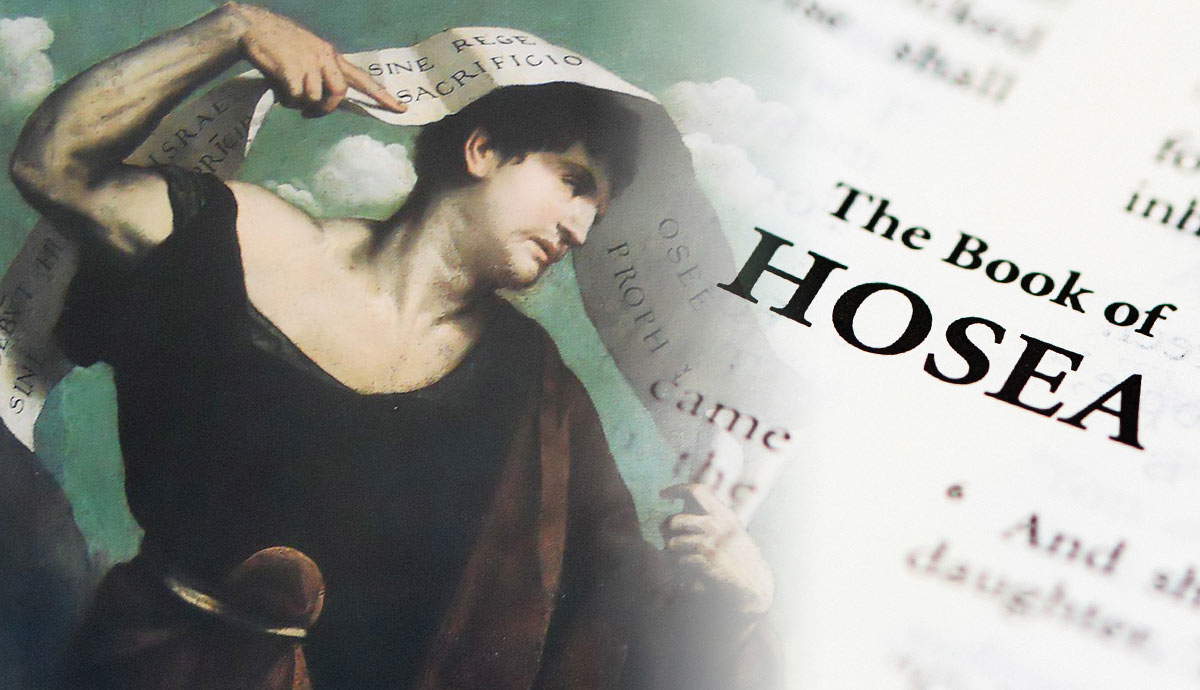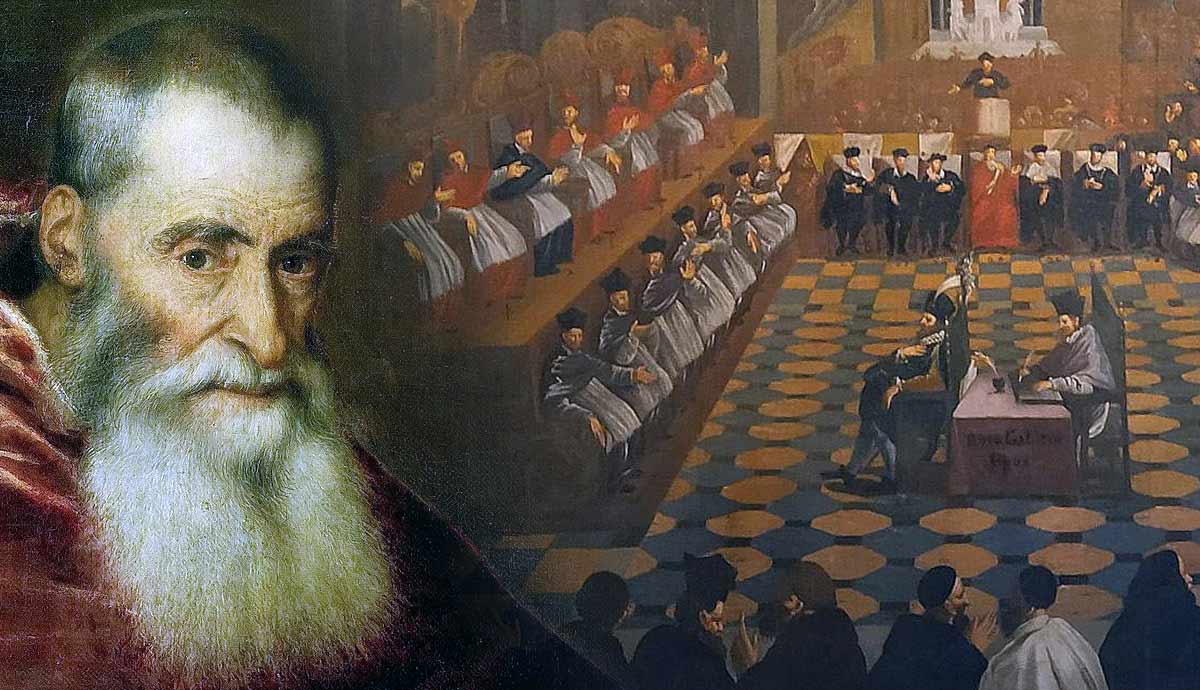
When you think of Christian mysticism, the obvious probably comes to mind: exorcisms, contact with the beyond, or supernatural powers. But this is just a small part of it. What lies beyond these surface-level phenomena is a world of contemplation, communication with God, divine messages, and deep self-reflection. Mysticism is a life-altering practice that seeks to truly unify a soul with God. This article will delve into the world of the mystics, their practices, and some of the unexplainable phenomena that this tradition invokes.
Definition and Key Concepts of Christian Mysticism

In a nutshell, Christian mysticism is a longstanding tradition of theology and practice in which the adherent seeks to unify their soul with God. There is no singular correct definition, and this might in part be due to the fact that Christian mystics believe that God is unspeakable — he is everything that language cannot describe.
In the same vein, God cannot be understood by the human mind, he can only be understood by the soul through receiving a divine message. This is what practicing mysticism aims to achieve (among other things). The practice is also believed to lead to a direct and immediate relationship with God and this experience is transformative in nature. Once a mystic’s soul has been pierced by a divine message and touched by God, their entire existence is eternally altered.
Historical Background

Before delving into the historical background, it is important to note that Christian mysticism is not a denomination, but a practice that is almost as old as the religion itself. It was heavily influenced by earlier Jewish mystical practices, along with philosophers such as Plato and Plotinus. The word mysticism comes from the Greek mystikos or μυστικός, meaning secret or hidden. This term finds its root in μυω, meaning to close or to shut (especially one’s eyes or mouth).
In the 2nd century, Christians started trying to glean hidden meanings from the Bible and various practices were developed to obtain divine knowledge and oneness with God. Many of these practices such as ascetic lifestyles and living in silence originated from the Desert Fathers and Mothers, as well as early monasteries.

By the Middle Ages, mysticism was widely practiced and accepted by the church. Mystics such as Francis of Assisi and Symeon the New Theologian introduced practices that would become cornerstones of mysticism, such as contemplation and living a life of poverty. However, with the Reformation came a mistrust of the mystical, and personal (secret) relationships with God raised suspicion. Science also started becoming popular and mystical practices and beliefs were seen as superstition.
For all intents and purposes, Christian mysticism fell out of fashion. Churches also started excommunicating mystics or labeled them as heretics. But the tradition somehow persisted, largely being practiced in monasteries and convents. These secluded spaces were more appropriate for a tradition that was practiced in secret. Some denominations also deemed Christian mysticism an acceptable practice. These denominations include the Quakers and Pentecostals.
Practices in Christian Mysticism

Mystic practices rest on the same foundations as general Christian practices. The two most foundational mystic practices are prayer and reading the Bible, with a few modifications. For example, the Bible is read with the belief that it is the divine word (like most Christians believe), but that it also contains hidden meanings. Ordinary prayer is seen as an act of preparation for unity with God, while contemplative prayer seeks this unity. This type of prayer does not seek favor from God, instead, it opens up a higher level of consciousness that allows direct communication and unity with God.
It requires cleansing the mind of worldly matters, which often means living without worldly possessions and abstaining from the pleasures of the flesh. Some mystics like Origen of Alexandria took it one step further, believing that life should be one long unceasing prayer.

Hesychasm, which is a monastic tradition in Eastern Orthodoxy, calls for this type of prayer to be done in complete silence — it consists of inner prayer. The practitioners of hesychasm also live in unending silence and solitude. Practitioners may sometimes refer to passages such as Matthew 6:6 as a reason for this:
“When you pray, go into your room and shut the door and pray to your Father who is in secret. And your Father who sees in secret will reward you.”
This harks back to reading the Bible in search of hidden meanings and interpreting verses within a mystic context. Desert Fathers like Paul of Thebes believed living in solitude and poverty would serve to purify the intellect. Living without sensation enables clearer contemplative prayer.

All of these practices form part of the Threefold Path, which is associated with Christian Perfection. Different denominations might have different definitions or beliefs regarding this path, so a general discussion will be had. The Threefold Path consists of catharsis, theoria, and theosis. Some mystics see it as three distinct phases, while others see the phases as happening simultaneously.
Catharsis entails shedding worldly things to purify the body, mind, and soul. In order to obtain catharsis, practices like hesychasm might be employed. Theoria or illumination consists of contemplative prayer, which could lead to the third phase, theosis or unification with God. Alternate models of Christian Perfection do exist, like the Ladder of Divine Ascent, but the Threefold Path is the most popular.
Mystical Phenomena

Mystical phenomena are a part of Christian mysticism, but not the goal of it. These phenomena are regarded as gratiae gratis datae which roughly translates to grace freely given, in other words, gifts from God. The most famous of these phenomena is the stigmata. The stigmata appear as wounds on the body that correspond to the wounds that Christ suffered before his death: on the hands and feet (where Jesus was nailed to the cross), the head (from the crown of thorns), or the back (from carrying the cross and flogging).
These wounds can be permanent, or temporary, or they can come and go. Stigmata can only be obtained through immense suffering, as Christ suffered. Mystics believe that this suffering can result from an ascetic lifestyle or, in extreme cases, self-flagellation. Each case of stigmata is heavily investigated as it is believed the devil or demons can conjure up the illusion of the wounds or influence the afflicted person to injure themselves.

Religious ecstasy is another well-known phenomenon. The person experiencing ecstasy may appear to be sleeping and is completely unaware of the world around them, while their inner spiritual world expands or is altered. They usually present with a joyous expression. The person may experience euphoria (mentally or physically), along with visions and extreme emotions. These states of ecstasy are associated with becoming one with God but can also be induced by the devil as with stigmata.
Inner thoughts and spiritual experiences should therefore be carefully observed to discover their source. It is believed levitation, another mystical phenomenon, can occur during states of ecstasy.

Visions are also a common occurrence in mystical practices. These visions are either corporeal (they appear as physical), intellectual (in the mind), or spiritual (engages neither the mind nor the body). Locutions often accompany visions. Simply put, locutions are words or phrases that can be heard physically, in the mind, or by the soul. These locutions can come from God, angels, demons, or the devil, and the easiest way to discern where they are coming from is to observe the impact they have on the individual hearing them.
It is thought that locutions from God can cause obedience and religious fervor, while locutions from the devil can cause violence and defiance. There are other rare phenomena that even mystics admit are poorly understood: bodies not decomposing, crying blood, teleportation, prolonged wakefulness, and endless fasting.
Lasting Influence

Mysticism has persisted to this day, in part thanks to the internet. Information on the subject is freely accessible to anyone who looks for it, but misinformation is also rife. Another reason for Christian mysticism’s lasting influence is the translation of mystic texts into English, allowing many more people to read and understand the tradition. Moreover, the Vatican has encouraged a wider spiritual life, which alleviated some of the taboo surrounding this practice.
The media has also taken an interest in mystical practices, and the exaggerated misrepresentation of it can mostly be seen in horror movies like The Exorcist franchise. All of these facets have served to cement mysticism in the modern religious zeitgeist, now being practiced like long ago, a testament to the significance and enduring power of this tradition.










